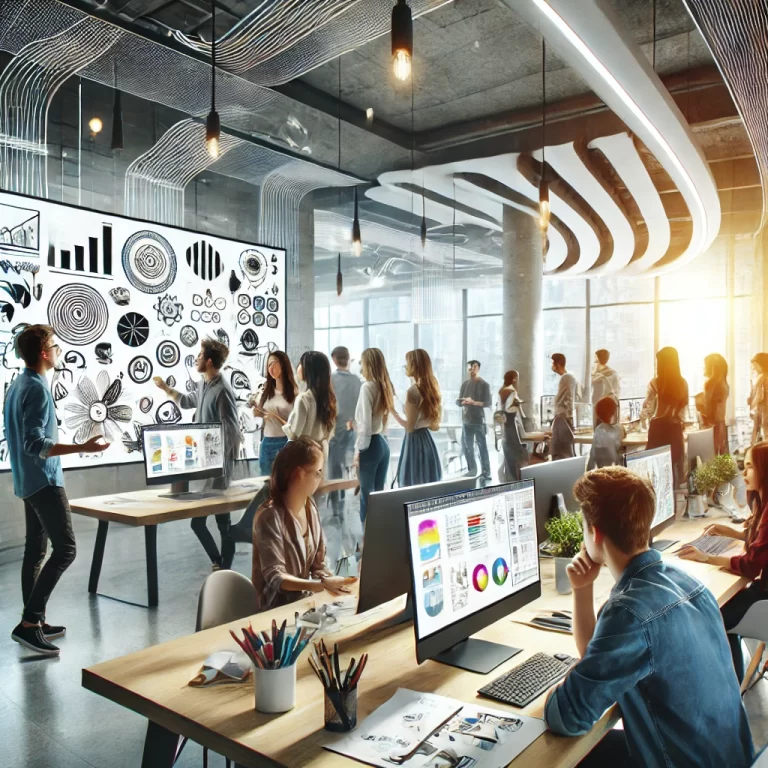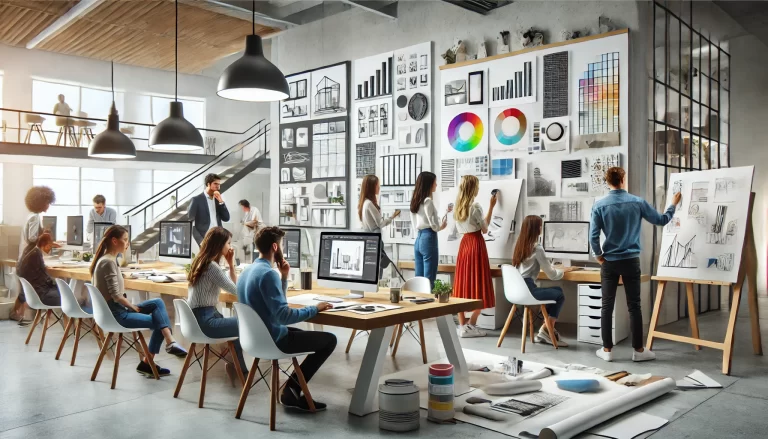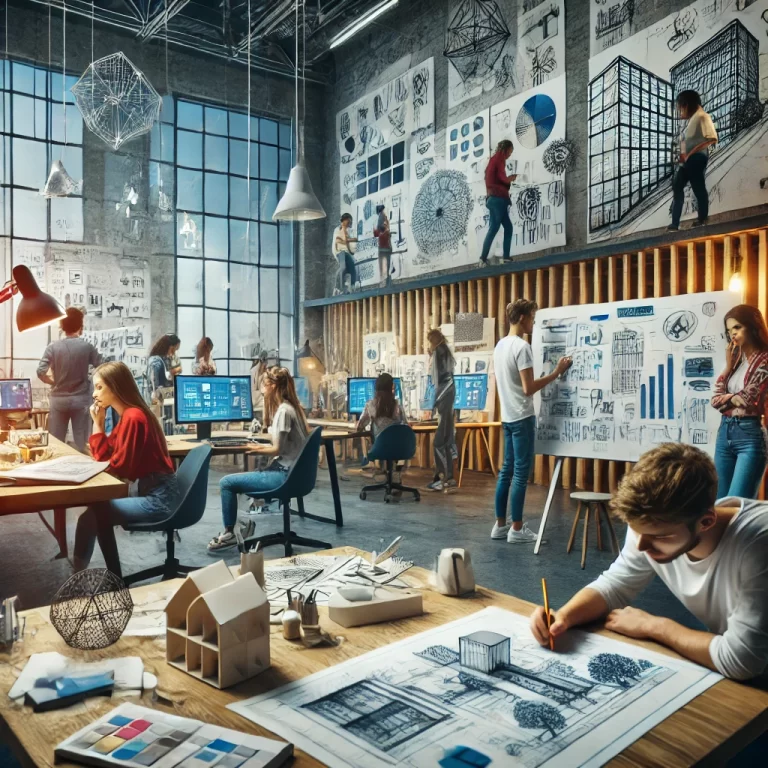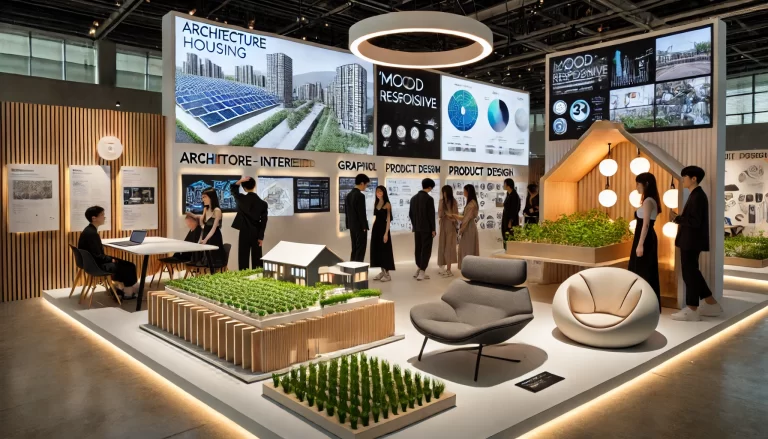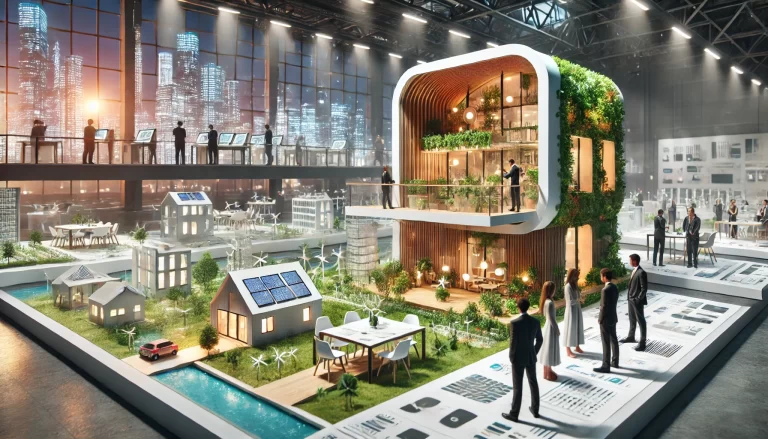How Students Are Using Sustainable Design to Shape the Future
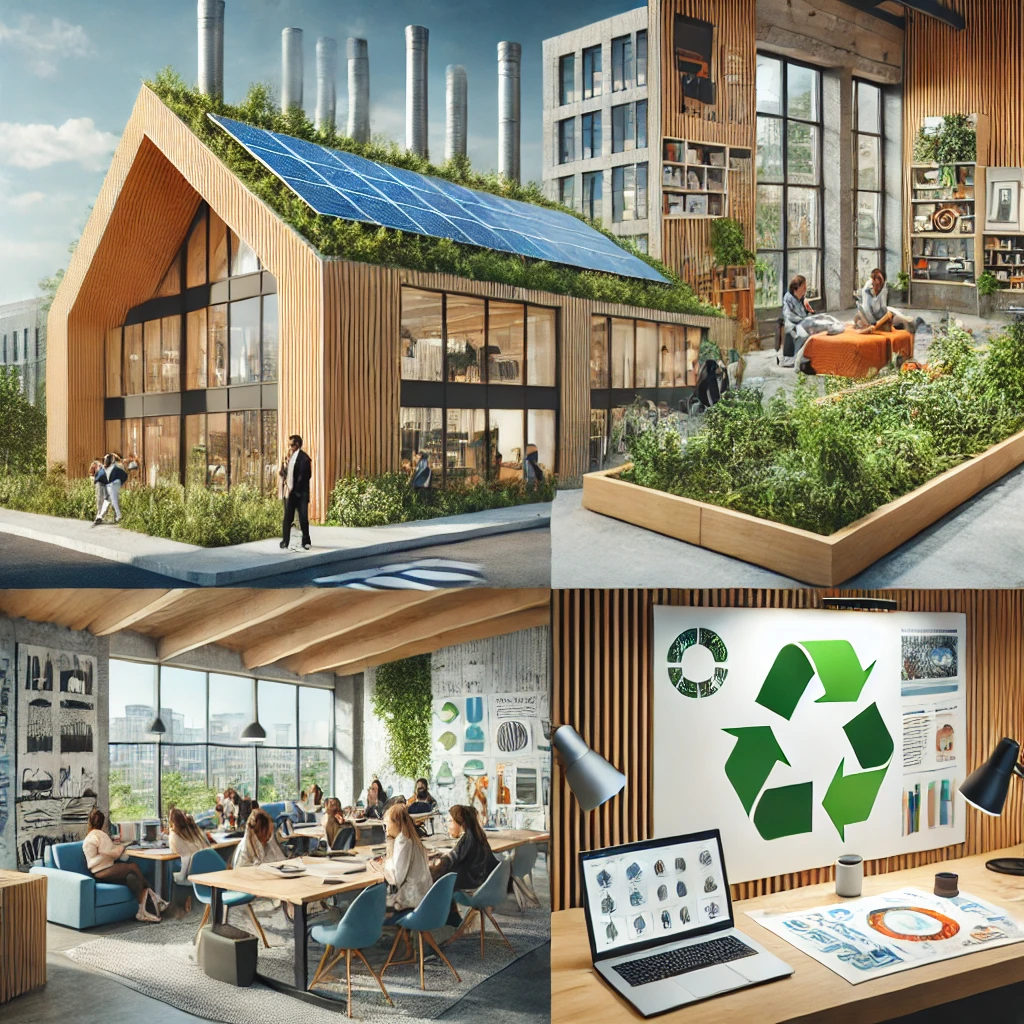
As the world faces increasing environmental challenges, the role of sustainable design has never been more critical. Today, students from all design disciplines are using sustainable principles to create solutions that minimize environmental impact while enhancing quality of life. From energy-efficient buildings to eco-friendly products, student designs are shaping a more sustainable future. Here’s how students are incorporating sustainability into their designs.
1. Sustainable Architecture and Urban Design
Architecture students are at the forefront of creating sustainable, energy-efficient buildings. Many are focusing on passive design strategies, which use natural resources like sunlight and wind to regulate temperature, reducing the need for artificial heating and cooling. For example, a group of architecture students designed an off-grid, net-zero energy house that incorporates solar panels, rainwater harvesting, and thermal mass to create a self-sufficient home that minimizes its environmental impact.
2. Eco-Friendly Product Design
In the realm of product design, students are working hard to develop sustainable solutions by utilizing recycled materials and designing for durability and longevity. A notable student-designed product is a modular desk made from upcycled plastic waste. The desk features interchangeable parts that can be easily replaced or repurposed, promoting a circular economy and reducing waste.
3. Sustainable Interior Design Concepts
Interior design students are exploring ways to incorporate sustainability into everyday spaces. One project focused on designing a sustainable co-working office that uses eco-friendly furniture, energy-efficient lighting, and natural materials. The design prioritizes natural light and ventilation while using low-VOC paints and finishes to create a healthier indoor environment.
4. Environmental Graphic Design
Graphic design students are using their skills to raise awareness about environmental issues and promote sustainable practices. A memorable student project involved creating an interactive educational app that teaches users about reducing waste and recycling. The design utilized eye-catching visuals and gamification elements to make learning about sustainability fun and engaging.
Conclusion
Sustainable design is no longer a niche; it’s becoming a driving force in the design industry. Students are increasingly using their creativity and knowledge to develop designs that contribute to a more sustainable and eco-friendly future. By focusing on energy efficiency, using sustainable materials, and promoting responsible consumption, student designs are helping to shape a world that values environmental stewardship and sustainability.

